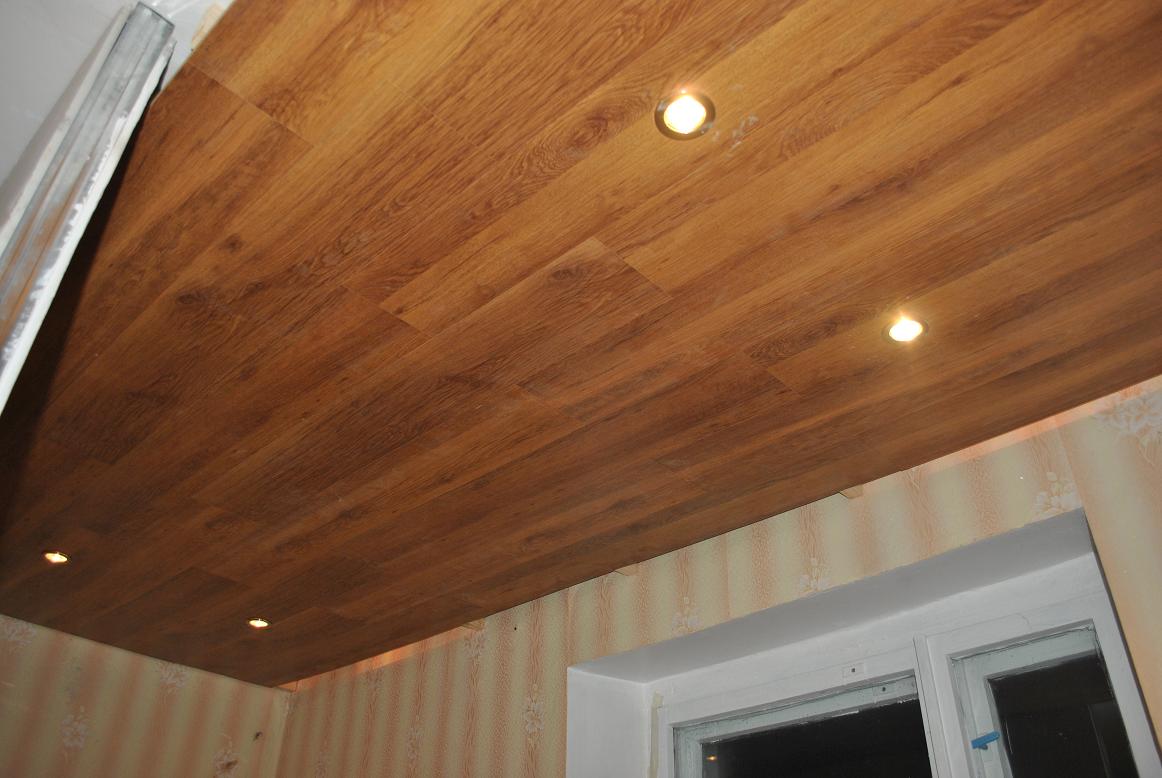What was the name of the central beam of the ceiling?
In any house made of wood, or more precisely, in a log house, there are two things that immediately catch your eye. This is the icon in the Red Corner and a large beam under the ceiling. Well, with the icon everything is more or less clear. But what kind of beam is this and why is it not hidden, like the log house itself, but left in plain sight for everyone?
The content of the article
What was the name of the central beam of the ceiling, its purpose
A large beam running under the ceiling in wooden houses is called matitsa. It is not covered with finishing. They are made either from a single log with a round cross-section, or from one or two beams that are shaped like a rectangle or square.
It, like other beams, has, first of all, a load-bearing function. The main thing it is required for is to support all other floors.
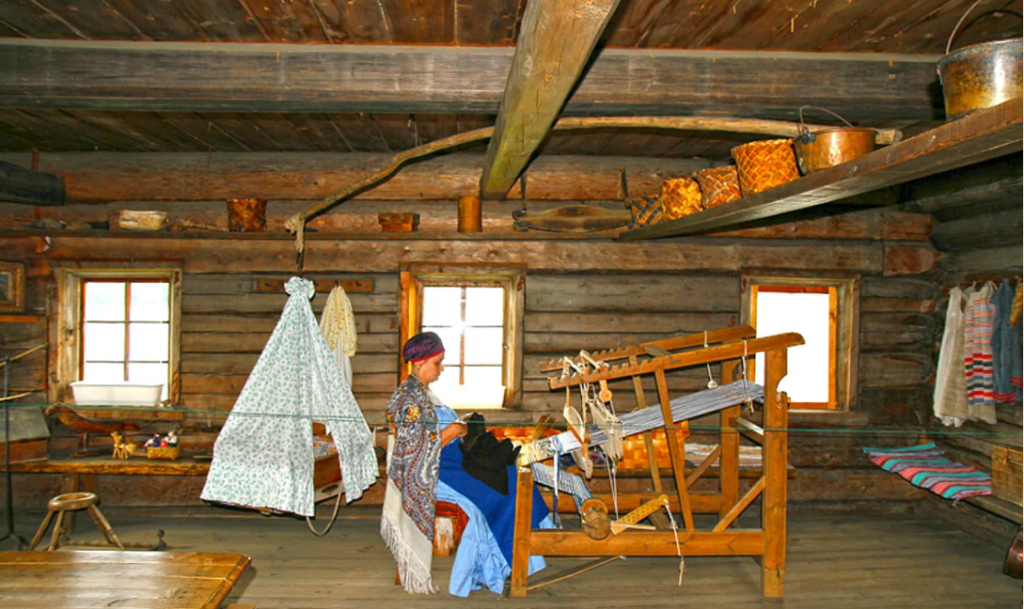
Matitsa is the same support that holds all the beams on itself so that they do not sag over time.
This element also has a decorative function. It is thanks to the matitsa that when you enter a village house, you feel transported back in time.
This element looks especially beautiful when a solid round log is used to make it. You can come up with a huge number of options for using matitsa to create a special flavor for a wooden house.
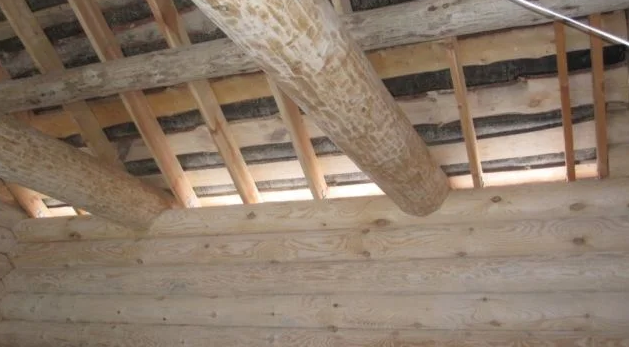
Matitsa is used not only in log buildings; it is also installed in buildings made of timber. When the entire ceiling is crossed by an uncovered rectangular beam, it also looks impressive.
Let's look at how the matrix is laid during the construction of a building.
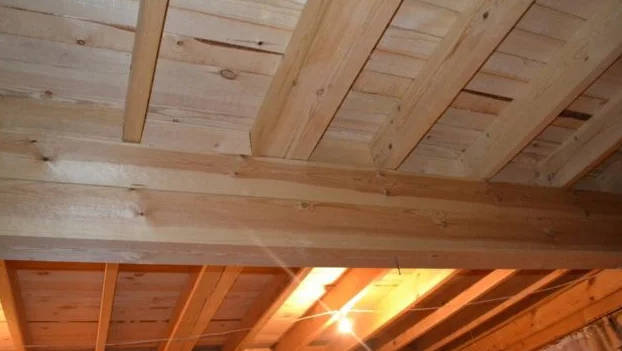
First of all, cut out the grooves in the upper crowns.
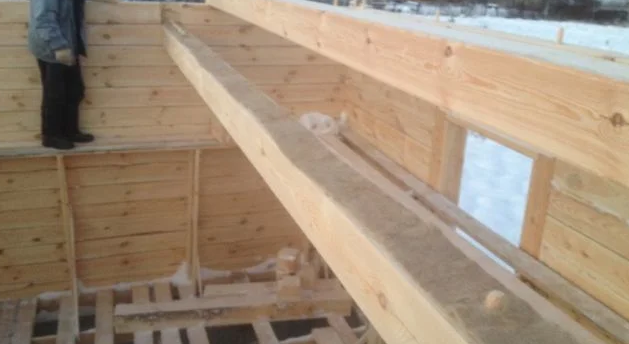
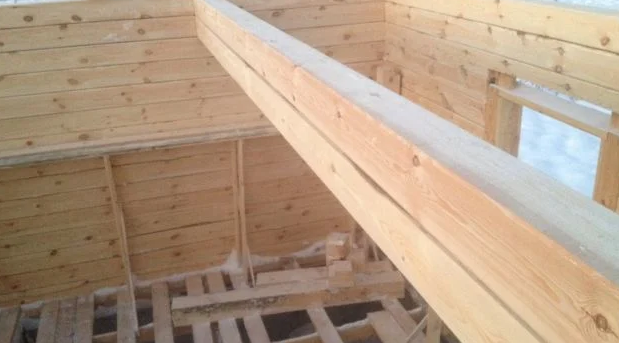
A beam or two are placed in them.
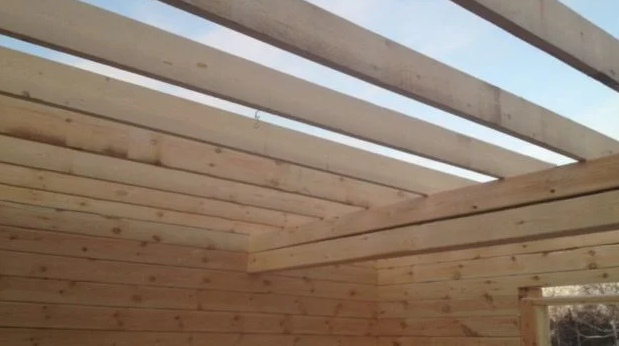
Next, the ceiling beams are installed, and a subfloor is laid on them. It allows you to move freely and build a roof.
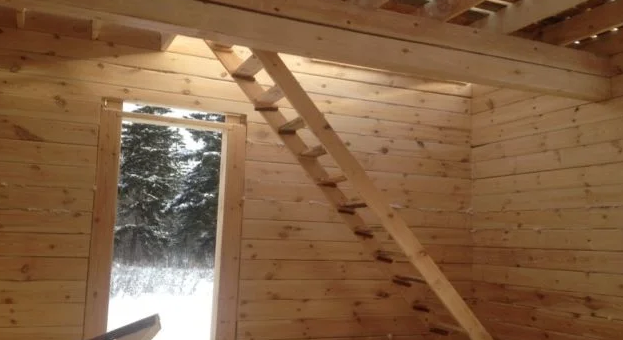
If a round log is used as a matrix, then a special groove is made in the upper crowns and installation is already made into it.
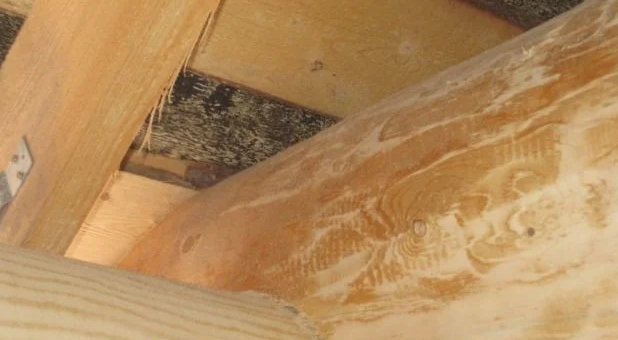
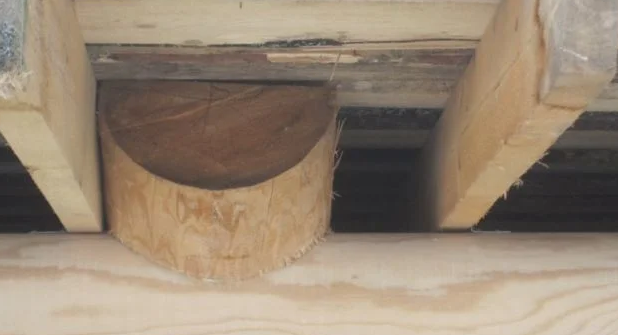
Of course, this can create some difficulties when the time comes to insulate the roof.
To facilitate the installation of the matrix, it was prepared in advance. The process consisted of shaking it. Thanks to this influence, it took on a slightly arched appearance.
The matitsa was laid in such a way that the convex part looked up, after which it was the turn of the ceiling beams and ceiling. After some time, the weight of the ceiling and its own caused the log to sag. Since it was bent in advance, the result was an even shape.
Symbolism and a little history
No matter how often the word “matica” is found, it does not come from the English language. In Slovak the lexeme means “nut”. But, oddly enough, matitsa is of native Russian origin. The roots of this term should be sought in the word mother, which in the old days meant not only mother, but was also used in the sense of beginning, foundation, support.
In Rus', it was traditional that matitsa was in almost all houses. There was even a special ritual for its installation. Many superstitions were associated with her. It was considered a border that visually divided the house into a place for household members and for guests. Our grandfathers, when entering a home where the mother was present, did not have the right to go beyond its boundaries until the owner invited them.
Before a long and difficult trip, before leaving the threshold of the house, one was supposed to touch the mother.
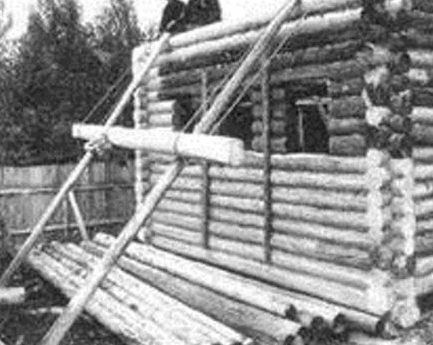
This element of the home was arranged in a unique way; every corner of the country had its own ritual. Usually it all started with the fact that after installing the box at home, they lifted the mat onto it.
But before doing this, a fur coat was tied to it, into which various products were placed. Each of them was given special meaning.
After this, the log was lifted and placed in the place designated for it. The rope was cut. The food that was in the fur coat was placed on the table.
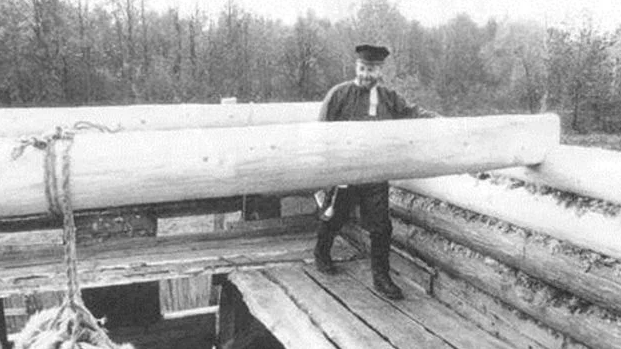
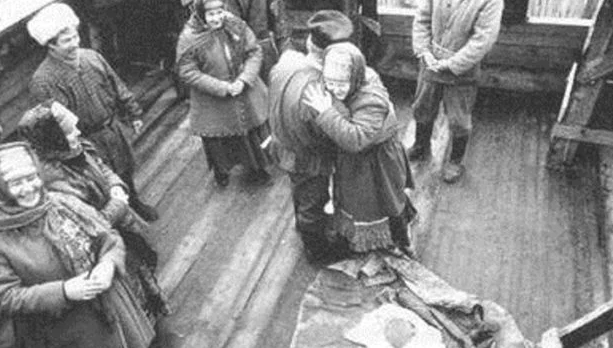
These, as well as other dishes, are a thank you from the owner to the builders who did a wonderful job. This was not just a meal. If the owner did not thank the workers well, then they could insert something into the frame of the house. It could be a completely small but unwanted item.
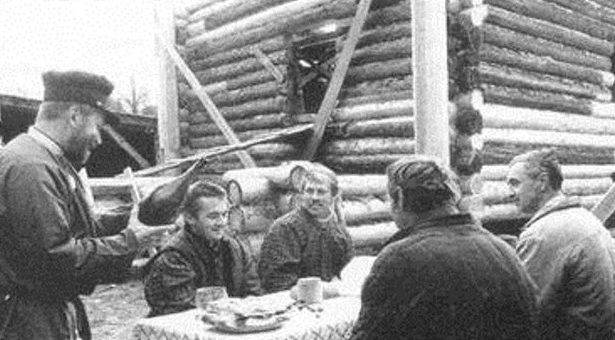
It was believed that this object had some kind of power that harmed those who lived in the house. And in retaliation for an unfulfilled promise, they could easily leave such a bookmark in the home.
Here is such an unusual and interesting element of the house - matitsa. It seems like just a beam, but it contains so many different things. Rituals that today have long been forgotten, but have echoes. And it’s hard to imagine a village hut without this element, which gives it a special charm.




